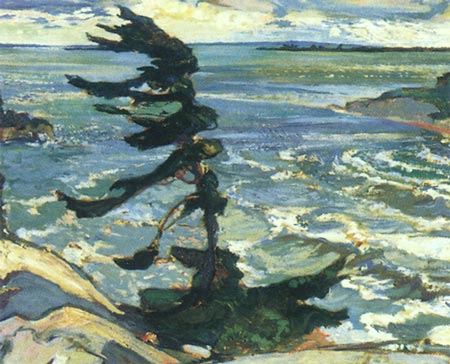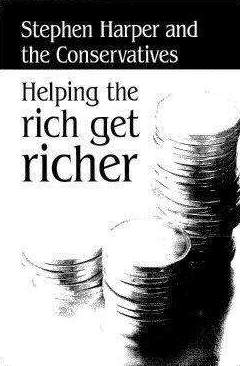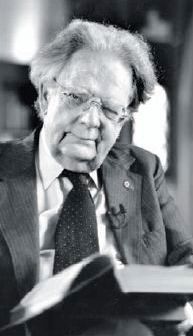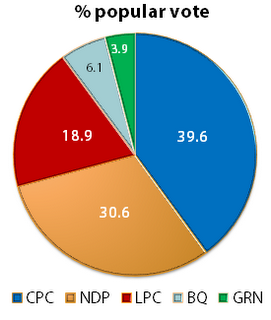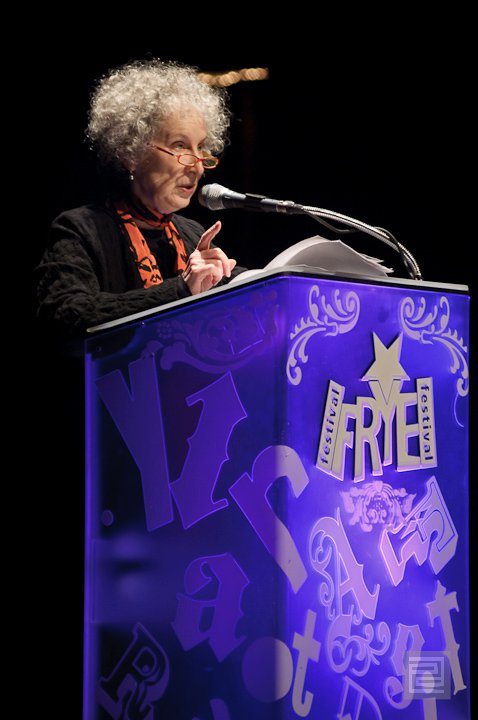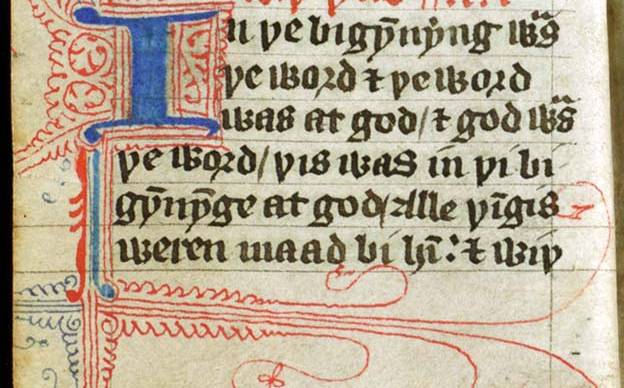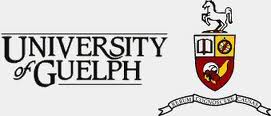Fred Varley, “Stormy Weather, Georgian Bay”
The Art Gallery of Ontario opened its first exhibition featuring the Group of Seven on this date in 1920.
From “Canadian Scene: Explorers and Observers”:
[T]he primary rhythm of Canadian painting has been a forward-thrusting rhythm, a drive which has its origin in Europe, and is therefore conservative and romantic in feeling, strongly attached to the British connection but “federal” in its attitude to Canada, much possessed by the vision of the national motto, a mari usque ad mare. It starts with the documentary painters who, like Paul Kane, have provided such lively and varied glimpses of so many vanished aspects of the country, especially of Indian life. A second wave began with Tom Thomson, continued through the Group of Seven, and has a British Columbia counterpart in Emily Carr. (The romantic side of the movement is reflected in the name “Group of Seven” itself: there were never really more than six, in fact there were effectively only five, but seven is a sacred number, and the group had a strong theosophical bent.) One notices in these paintings how the perspective is so frequently a twisting and scanning perspective, a canoeman’s eye peering around the corner to see what comes next. Thomson in particular uses the conventions of art nouveau to throw up in front of the canvas a fringe of foreground which is rather blurred, because the eye is meant to look past it. It is a perspective that reminds us how much Canada developed as a passage or gateway to somewhere else, being merely an obstruction in itself. Further, a new world is being discovered. There is an immense difference in feeling between north and south Canada, but as north Canada is practically uninhabited, it exists in Canadian painting only through southern eyes. In those eyes it is a “solemn land” as frightening and fantastic as the moon. (CW 12, 423)
